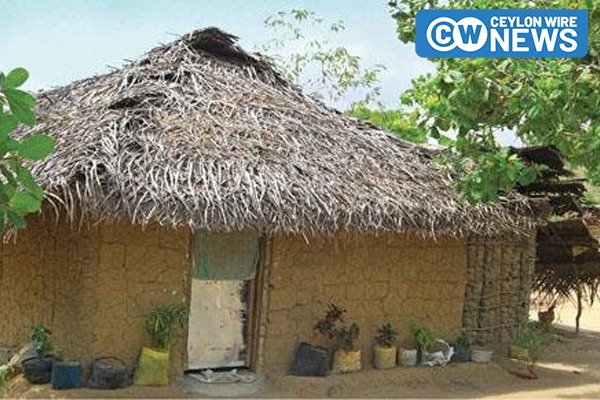The Department of Census and Statistics reports that around 100,000 houses in Sri Lanka are currently built with clay and stone walls and thatched roofs made of palm leaves, coconut fronds, or straw.
According to the 2024 Housing Baseline Report, such houses are not weatherproof and remain highly vulnerable to damage during severe weather conditions.
The report reveals that 2.8 percent of the country’s total housing units — approximately 168,000 houses — have walls made of clay and stone. Additionally, around 102,000 houses or 1.7 percent are roofed with thatch made from natural materials such as palm leaves and straw.
The Polonnaruwa District recorded the highest percentage of asbestos roofing, at 75.5 percent, while the Nuwara Eliya District reported the highest percentage of thatched roofs (16.1 percent), followed by Badulla (8.4 percent) and Mullaitivu (5.0 percent).
In Badulla, 5.7 percent of houses were found to have non-durable roofs made from coconut leaves, palm fronds, and straw.
Despite these conditions, the majority of houses in the country have cement floors, though about 120,000 houses still have floors made of clay and sand.
The report also highlights that 55.3 percent of Sri Lankan households rely on firewood as their primary source of fuel for cooking. The highest usage was recorded in Monaragala (83.6 percent) and Badulla (80.6 percent) districts.











